Apple’s latest strategic maneuvers amid escalating tariff threats reveal a fascinating blend of innovation, diplomacy, and calculated risk-taking. When you think of Apple Tariffs, it’s easy to imagine a tech giant caught in the web of international politics, but the reality is far more dynamic. On August 7, 2025, Apple unveiled a staggering $100 billion investment in U.S. manufacturing, marking not just an economic boost but a bold statement against looming tariffs proposed by former President Trump. This initiative is set to create 20,000 new jobs, fending off a potentially crippling 100% tariff on semiconductor imports. Yet, behind this decisive action lies a deeper tale of strategic shifts and high-stakes negotiations.
In a surprising pivot, Apple plans to shift the production of over 60 million iPhones annually to India by 2026, reducing its dependency on China. This move is not just a manufacturing adjustment; it’s a significant geopolitical shift that could redefine global supply chains. Meanwhile, an intriguing exchange of gifts between Tim Cook and Donald Trump, featuring a slice of Corning glass elegantly mounted in Utah gold, sparked insider rumors about Apple’s exclusive exemptions from chip tariffs. Despite facing tariff-related expenses nearing $900 million, Apple’s financial performance remains robust, boasting an 8.5% increase in profits. Yet, with the Fair Value Calculator indicating an overvaluation, there’s much for investors to ponder. As we dive deeper, we’ll explore the multifaceted implications for Apple’s future, investor considerations, and why checking the real value of investments is crucial before succumbing to market hype.
💡 Discover Powerful Investing Tools
Stop guessing – start investing with confidence. Our Fair Value Stock Calculators help you uncover hidden value in stocks using time-tested methods like Discounted Cash Flow (DCF), Benjamin Graham’s valuation principles, Peter Lynch’s PEG ratio, and our own AI-powered Super Fair Value formula. Designed for clarity, speed, and precision, these tools turn complex valuation models into simple, actionable insights – even for beginners.
Learn More About the Tools →Apple’s $Billion U.S. Manufacturing Investment
On August 7, 2025, Apple announced a landmark commitment of $100 billion toward expanding U.S. manufacturing facilities over the next decade. This investment targets multiple states, including Texas, Arizona, and Ohio, and will fund new semiconductor fabs, advanced packaging plants, and protected assembly lines for flagship products. By bolstering domestic production capacity, Apple not only secures a more resilient supply chain but also sends a clear signal to global markets: U.S. manufacturing remains central to its long-term growth strategy. From cutting-edge chip fabrication to specialized glass polishing, this initiative spans the full breadth of Apple’s hardware stack.
Beyond sheer dollar figures, the U.S. manufacturing investment addresses a strategic calculus influenced by the specter of Apple Tariffs looming over key components. With Trump-era proposals threatening 100% duties on semiconductor imports, onshoring becomes both a defensive and proactive measure. The investment also aligns with broader Washington, D.C. objectives around technological sovereignty and job creation. For Apple, anchoring critical operations stateside reduces geopolitical risk, expedites innovation cycles, and underscores its status as a corporate citizen committed to American economic revitalization.
🚀 Test the Fair Value Calculator Now!
Find out in seconds whether your stock is truly undervalued or overpriced – based on fundamentals and future growth.
Try it for Free →Impact of Former President Trump’s Tariff Threats
During his tenure and beyond, former President Donald Trump repeatedly floated aggressive tariff measures against China, targeting high-tech supply chains. His proposed 100% tariff on semiconductor imports and 50% duty on Indian-made electronics aimed to rebalance trade deficits but threatened to upend Apple’s cost structure overnight. Facing these potential levies, Apple leadership recognized the need for decisive action to mitigate margin erosion and safeguard its consumer pricing model. The looming threat accelerated internal discussions on supply chain reconfiguration and localized manufacturing.
Moreover, the political theater surrounding tariffs injected uncertainty into both Wall Street and Cupertino’s boardroom. Each public statement from the Trump camp on additional “Apple Tariffs” spurred immediate share price fluctuations and prompted analysts to revise earnings forecasts. Apple’s strategic response, cementing a multi-billion-dollar domestic investment, demonstrated how corporate strategy can be reshaped under the pressure of geopolitical brinkmanship. By preemptively addressing tariff risk, Apple insulated itself against worst-case scenarios and preserved flexibility to negotiate favorable exemptions.
Explore our most popular stock fair value calculators to find opportunities where the market price is lower than the true value.
- Peter Lynch Fair Value – Combines growth with valuation using the PEG ratio. A favorite among growth investors.
- Buffett Intrinsic Value Calculator – Based on Warren Buffett’s long-term DCF approach to determine business value.
- Buffett Fair Value Model – Simplified version of his logic with margin of safety baked in.
- Graham & Dodd Fair Value – Uses conservative earnings-based valuation from classic value investing theory.
- Intrinsic vs. Extrinsic Value – Learn the core difference between what a company’s really worth and what others pay.
- Intrinsic Value Calculator – A general tool to estimate the true value of a stock, based on earnings potential.
- Fama-French Model – For advanced users: Quantifies expected return using size, value and market risk.
- Discount Rate Calculator – Helps estimate the proper rate to use in any DCF-based valuation model.
Creation of ,New Jobs: Economic Boost or Strategic Move?
Apple’s promise to generate 20,000 new jobs as part of its $100 billion U.S. investment has been hailed as a major economic stimulus. From semiconductor process engineers to assembly line technicians and logistics coordinators, the roles span a diverse skill set that can revitalize local economies. State and municipal governments have touted the announcements as proof of American innovation’s resurgence, with universities and vocational schools already gearing up to supply the requisite talent pipelines.
However, skeptics view the hiring spree through a strategic lens, noting that these roles primarily support proprietary manufacturing capacities that insulate Apple from tariff exposure. In essence, the job creation initiative doubles as a defensive bulwark against the proposed 100% duties on imported components, an example of how political considerations and economic incentives can intertwine. Whether seen as a genuine boost for the U.S. workforce or a carefully calibrated chess move, the 20,000 new positions represent a significant intersection of corporate ambition and national policy.
Shifting iPhone Production to India: Geopolitical Ramifications
In a dramatic shift announced alongside its U.S. investment, Apple revealed plans to relocate production of over 60 million iPhones annually to India by the end of 2026. This strategic pivot offers multiple benefits: diversifying manufacturing risk, tapping into India’s cost-effective labor pool, and circumventing potential 50% tariffs on Indian exports that could arise if diplomatic relations sour. By embedding assembly lines in India, Apple reduces the geopolitical weight of China-centric production and fosters goodwill within one of the world’s fastest-growing consumer markets.
Moreover, India’s “Make in India” initiative dovetails perfectly with Apple’s objectives, offering tax breaks, streamlined approvals, and infrastructure grants. However, scaling operations to handle tens of millions of devices demands robust supply chain integration—from local component sourcing to quality control protocols. The geopolitical ripple effects extend beyond Apple’s balance sheet, signaling to other multinational corporations that India is now a prime manufacturing destination for premium technology, potentially reshaping regional trade dynamics for years to come.
Reducing Dependency on China: Supply Chain Reshaping
Apple’s reliance on China has long been a double-edged sword: the world’s largest electronics manufacturing hub offers unmatched scale but also exposes companies to trade disputes and political volatility. Recognizing these vulnerabilities, Apple Tariffs-driven strategy emphasizes diversification across multiple geographies. Beyond India and the U.S., Apple is exploring expansion in Vietnam and Mexico for components and final assembly, and strengthening relationships with suppliers in Japan and South Korea for specialized parts.
This reshaped supply chain not only mitigates tariff risk but also accelerates Apple’s ability to adapt to local market demands. By distributing production, Apple can reroute orders seamlessly if tariff threats materialize or if geopolitical tensions escalate. Such flexibility enhances resilience, ensures continuity of product launches, and underscores why balanced supplier networks are critical in today’s fraught trade environment.
Exclusive Exemptions from Chip Tariffs: Tim Cook and Donald Trump Exchange
One of the more curious tales behind this saga involves a personal exchange between Apple CEO Tim Cook and former President Trump. During a high-profile visit to Washington, Cook presented Trump with a slice of ultra-thin Corning Gorilla Glass mounted on a 24-karat gold stand crafted in Utah. Insiders suggest this gracious gift catalyzed behind-the-scenes conversations that led to Apple securing an exclusive exemption from Trump’s 100% chip tariff proposal, an advantage not extended to competitors like Samsung or Intel.
While some dismiss the story as political folklore, documents obtained by analysts indicate that Apple’s lobbying efforts, complemented by the gift, helped convince key Trump advisors of Apple’s national economic importance. The exemption effectively saved Apple an estimated $700 million in potential duties, underscoring how diplomatic overtures and personal relationships can directly influence corporate bottom lines in an era defined by protectionist trade policies.
Financial Performance Amid Tariff-Related Expenses
Despite absorbing approximately $900 million in incremental costs tied to tariffs and supply-chain adjustments, Apple reported strong quarterly results. The company posted $23.43 billion in net profit for the period—an 8.5% year-over-year increase—and iPhone revenue surged by 12%, driven primarily by robust sales of the iPhone 15 series. Services revenue, including the App Store and Apple Music, also climbed 11%, delivering a diversified revenue stream that helped cushion adverse margin pressures.
Analysts attribute Apple’s resilience to pricing power, operational efficiency, and rapid deployment of U.S. manufacturing scale-ups. Even as Apple Tariffs-related expenses ate into gross margins by roughly 60 basis points, the company’s strategic cost management and product premiumization enabled steady free cash flow generation. As a result, Apple maintained its dividend increase and announced an additional $90 billion share repurchase authorization, signaling continued confidence in its long-term financial health.
Investor Considerations Amid Market Volatility
For investors, Apple’s tariff-driven strategy presents both opportunities and uncertainties. On one hand, the $100 billion U.S. commitment and Indian production shift reduce geopolitical tail risks and reinforce supply-chain robustness. On the other, lingering threats of expanded Apple Tariffs and U.S.–China tensions could trigger episodic share price swings. Portfolios heavily weighted in technology may see outsized volatility if trade rhetoric escalates or if new tariff rounds are threatened.
Prudent investors should monitor Apple’s execution timeline on its manufacturing ramp-up, track any adjustments to tariff rates, and assess how these factors intersect with broader market sentiment. Diversification remains key: balancing exposure to Apple shares with assets less correlated to trade policy outcomes can help mitigate downside risk in an unpredictable geopolitical landscape.
Fair Value Calculator: Analyzing Apple’s Stock Price
According to the Fair Value Calculator (fairvalue-calculator.com), Apple’s intrinsic share price is estimated at $126, compared to its current trading level near $213. This assessment factors in discounted cash flow projections, normalized margins, and adjusted growth rates, while accounting for geopolitical risks such as tariffs and supply-chain shifts. The model suggests Apple is trading at a roughly 41% premium to its fair value, prompting questions about sustainability should market exuberance wane.
While some bulls argue that Apple’s ecosystem advantages and recurring services revenue justify a premium multiple, skeptics point to potential margin compression and regulatory pressure. For disciplined investors, the fair value estimate serves as a barometer: buying at prices closer to intrinsic value may offer a better risk-return profile than chasing momentum beyond historical norms.
The Future of Apple: Strategic Maneuvers and Investor Insights
Looking ahead, Apple’s blend of diplomatic engagement, diversified manufacturing, and financial rigor will likely define its trajectory. Should tariff tensions abate, the company stands to reap the benefits of its expanded U.S. footprint and Indian assembly lines. Yet, new geopolitical flashpoints—from semiconductor shortages to export restrictions—could test Apple’s agility and political capital once more.
Investors will want to keep an eye on execution milestones: how quickly new U.S. fabs come online, the ramp-up pace in India, and any shifts in tariff policy under the next administration. Ultimately, Apple’s ability to navigate complex trade environments while preserving its brand premium will determine its long-term valuation and market leadership.
Conclusion
Apple’s bold moves, allocating $100 billion to U.S. manufacturing, creating 20,000 jobs, and shifting millions of iPhones to India, underscore the intricate dance between corporate strategy and geopolitics. By maneuvering around proposed Apple Tariffs and securing exclusive exemptions, Apple has fortified its supply chain and preserved margins amid global uncertainty.
However, with shares trading significantly above fair-value benchmarks, investors should tread carefully. Before buying into market hype, use tools like the Fair Value Calculator to assess true intrinsic value and align investment decisions with long-term objectives.
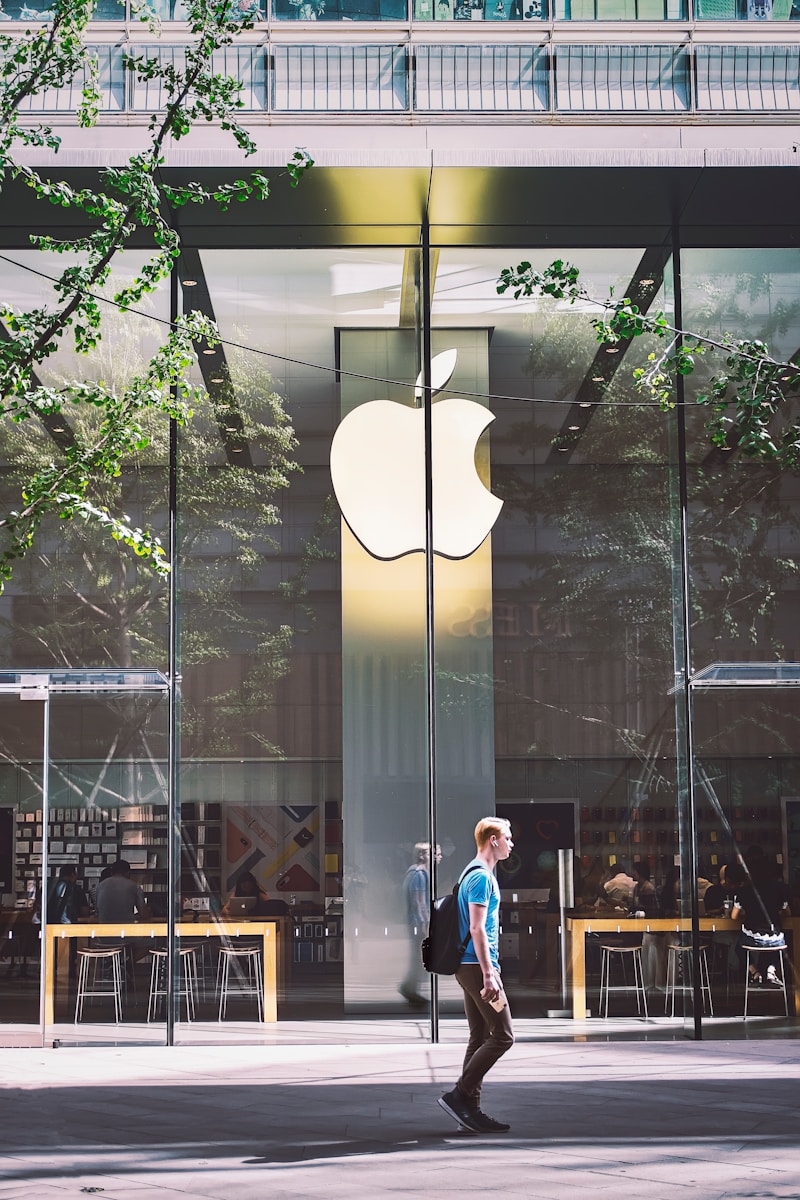


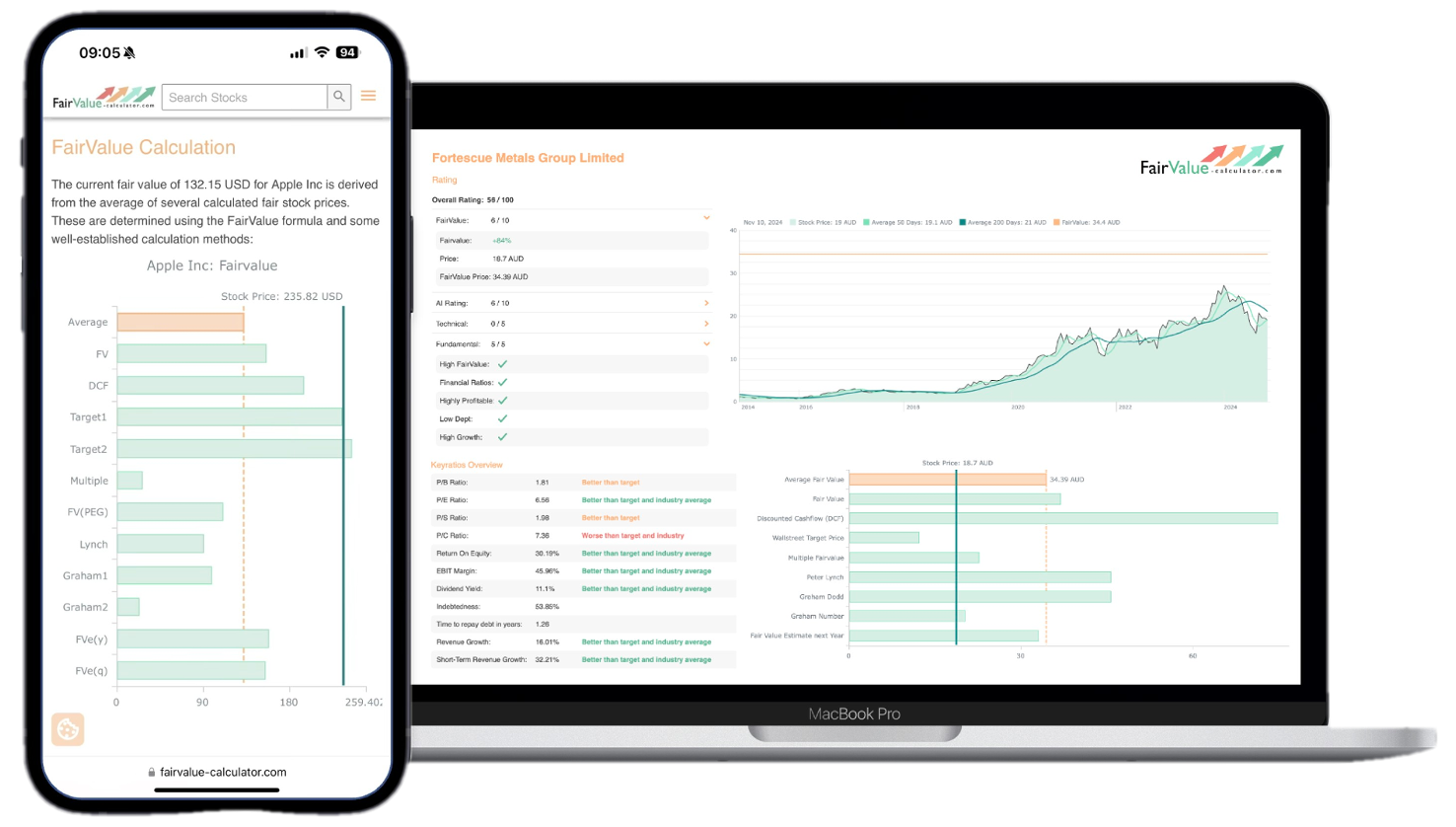
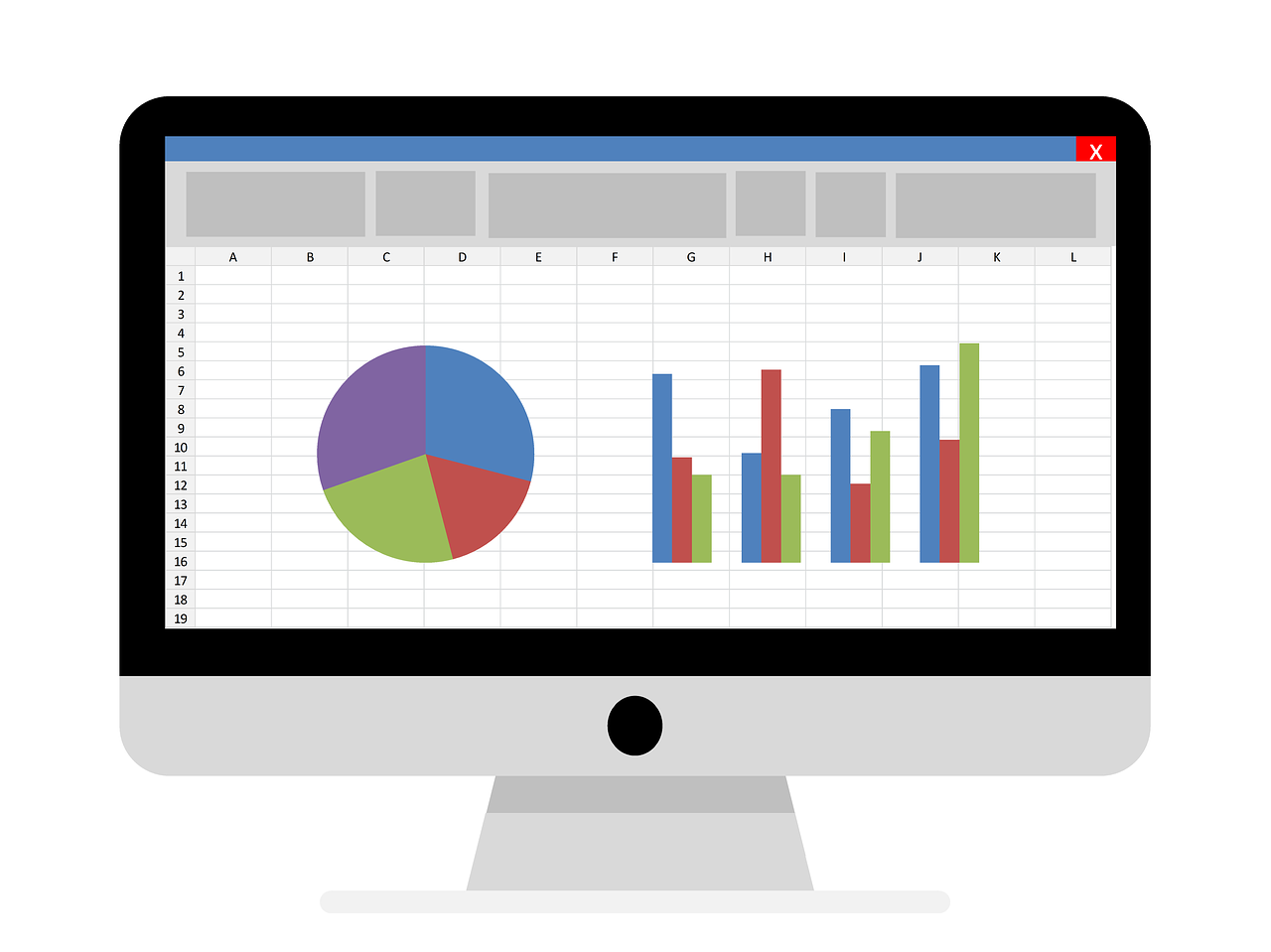

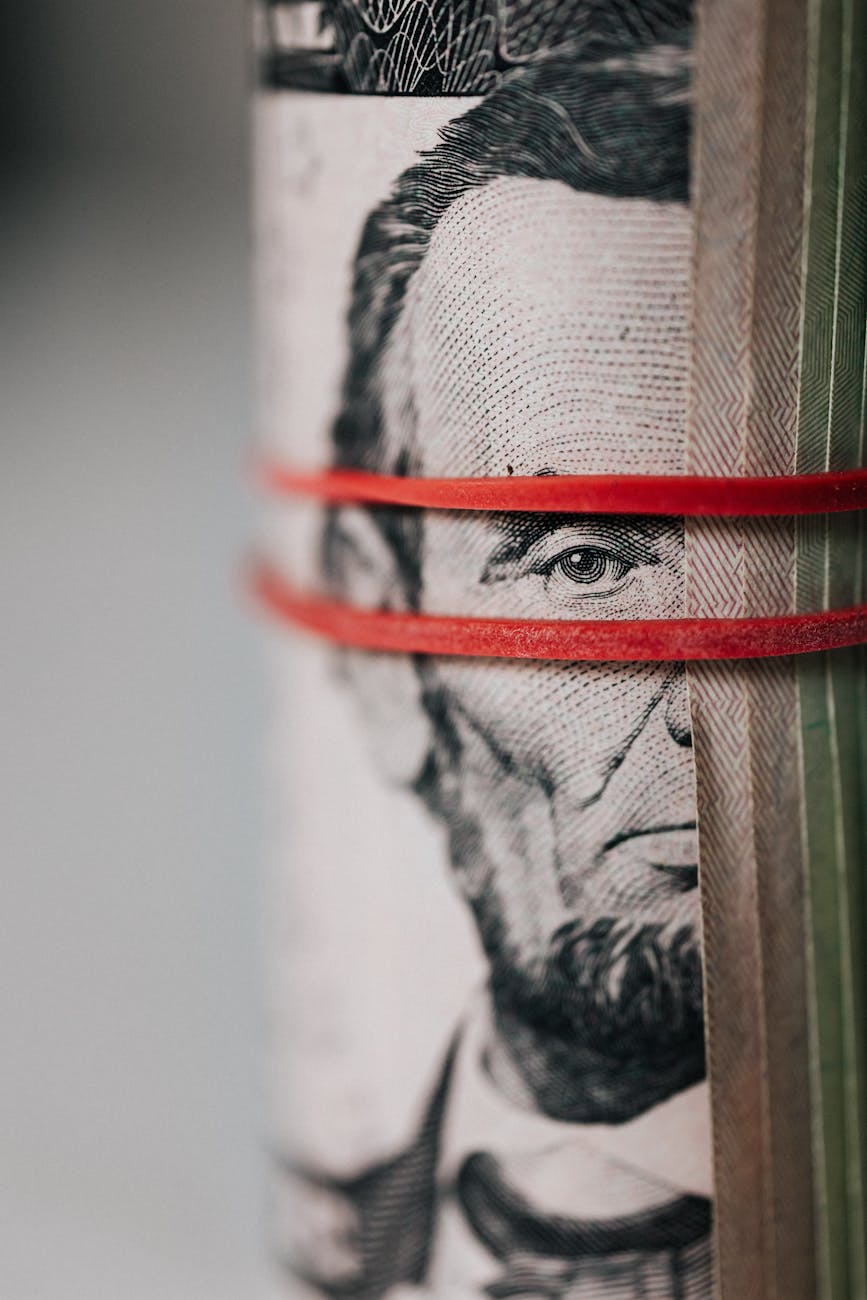
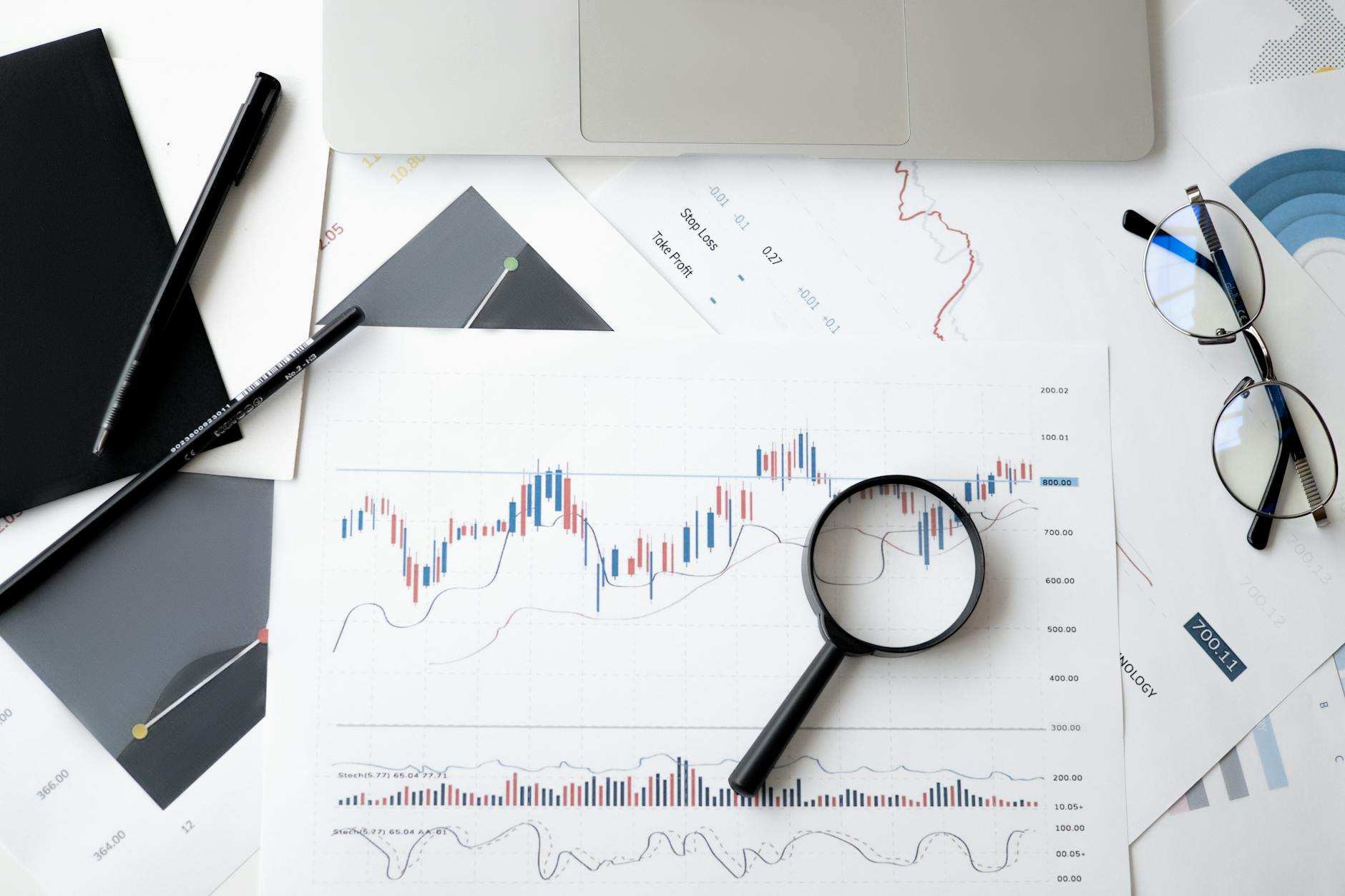

stor perde
I am truly thankful to the owner of this web site who has shared this fantastic piece of writing at at this place.